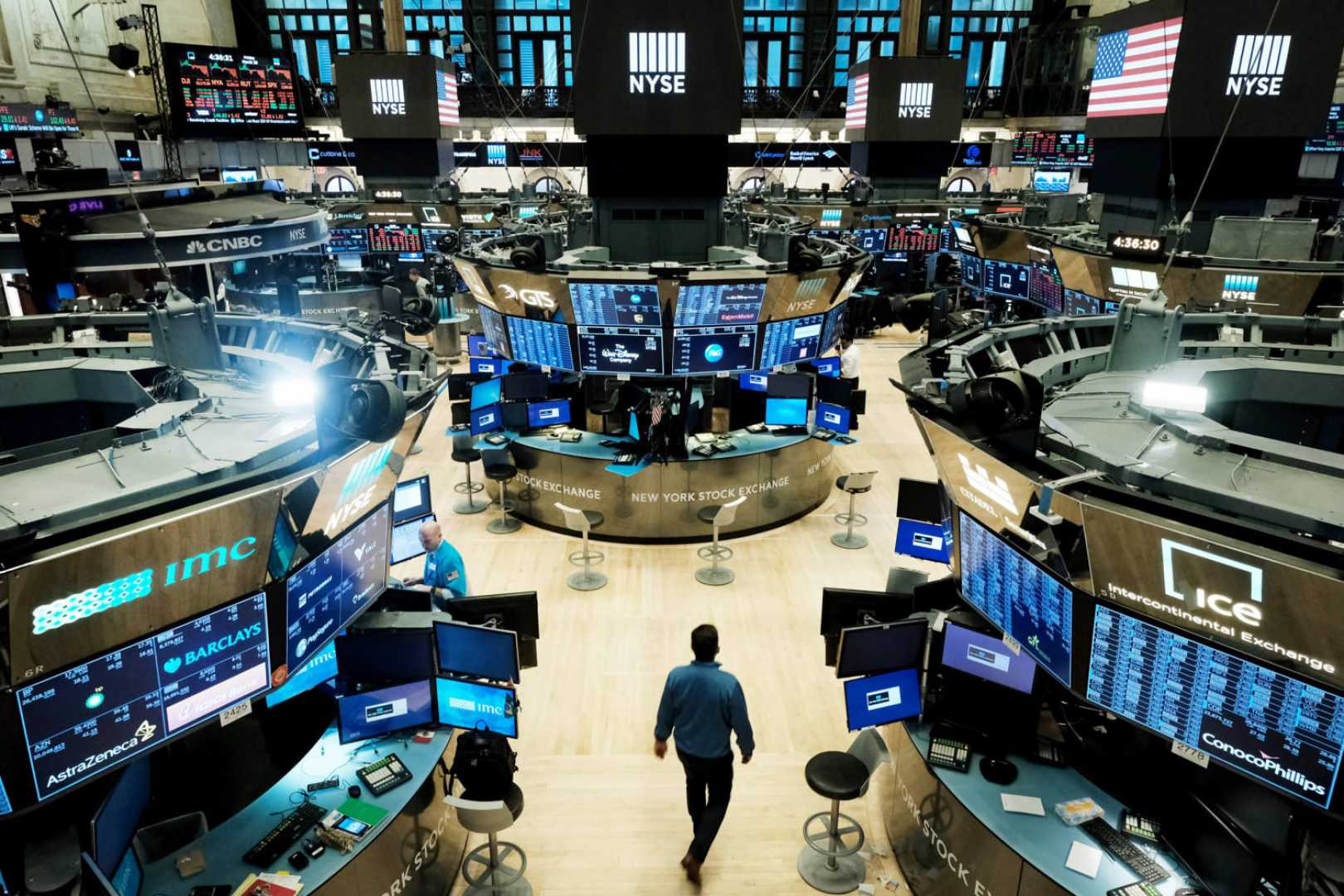Business
Stock Futures Rise Amid Turbulent Tariff Uncertainty

NEW YORK, April 13, 2025 — Stock futures rose Sunday following a temporary pause on tariffs for electronic imports from China, impacting key indices ahead of Monday’s trading session.
As of 6:18 PM ET, Dow futures increased by 0.5%, or 212 points, while S&P 500 futures saw a 0.75% rise, and Nasdaq Composite futures showed significant gains of 1.26%. This upward trend comes after President Donald Trump‘s administration issued a temporary exemption from reciprocal tariffs on electronics.
Late Friday, the Trump administration announced that electronics manufactured in China, including vital components like computers and semiconductors, would still be subject to a 20% tariff. The uncertainty surrounding the permanence of these tariff adjustments continues to create fluctuations in investor sentiment.
“Investors are hesitant to make moves with so much uncertainty in the market,” Bret Kenwell, U.S. investment analyst at eToro, stated. “They need clarity to proceed effectively.”
The recent market volatility can largely be attributed to President Trump’s aggressive tariff policies, which have led to both significant market downturns and sharp recoveries over the last few weeks. Just last week, Trump postponed tariffs on Mexico, Canada, and automotive imports, while also implementing a 10% baseline tariff across the board for various countries.
During a post on his Truth Social platform, Trump expressed that “nobody is getting ‘off the hook’ for unfair trade balances,” particularly highlighting China’s trade practices. The President’s comments reflect ongoing concerns about trade dynamics and their broader implications for the U.S. economy.
Commerce Secretary Howard Lutnick emphasized the non-permanent nature of the tariff exemption Sunday. “This is not a definitive solution,” he noted, cautioning that further tariffs could be enacted pending investigations into the national security implications of semiconductor imports.
Investors were rattled last week when markets struggled with the drastic measures regarding tariffs. The S&P 500 briefly entered bear market territory, with its high-to-low spread showing only 20 similar occurrences since 1962, according to S&P Global.
On Monday, the volatility continued with the Dow experiencing its largest intraday point swing ever, dropping by over 1,700 points during morning trading before rebounding by nearly 2,600 points. Ultimately, the day ended with a loss of 349 points, or 0.91%.
Trump’s fluctuating stance on tariffs also led to market skepticism among investors. Elizabeth Warren, Massachusetts Democratic Senator, criticized the administration’s approach during a CNN interview, saying, “Investors will not invest in the United States when Donald Trump is playing ‘red light, green light’ with tariffs.”
The broader global market also reacted sharply to the U.S. developments. Major Asian indexes reported significant losses, with Japan’s Nikkei 225 dropping nearly 9%, triggering a trading halt. In Europe, indices such as Germany’s DAX fell by 10%, indicating a widespread panic regarding the economic outlook based on U.S. tariff policies.
Despite the tumult, some analysts suggest that a potential thawing in global trade relations could spur a recovery. “The market is poised for a response to any positive news on tariffs,” Ivan Feinseth, a market analyst at Tigress Financial, noted.
As investors brace for more tumultuous trading due to the ongoing trade war, the future of U.S. markets remains uncertain. President Trump’s comments regarding the economy and its strengthening suggest an expectation of a long-term resolution, while traders remain watchful for signs of stability in tariff negotiations.












